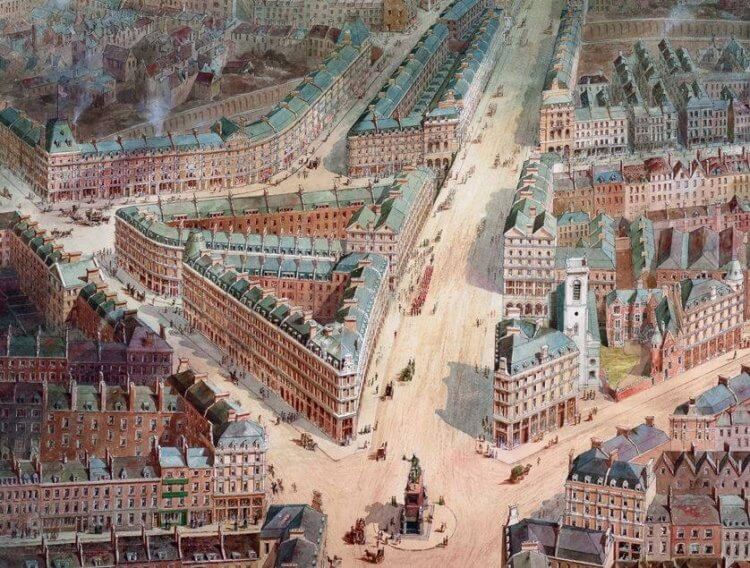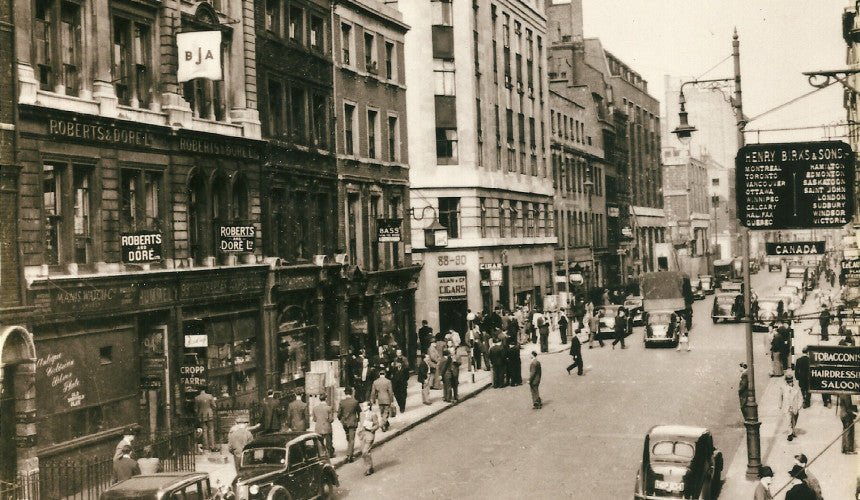Here’s a historical snapshot of Hatton Garden—a remarkable street that evolved from a quiet estate to the pulsating heart of London’s—and indeed the UK’s—diamond and jewellery trade:

Early Roots and Transformation (1500s–1700s)
- Medieval origins: The site originally hosted a palace and chapel for the Bishops of Ely; the name “Ely Place” still nods to that history.
- Elizabethan era: In the 1570s, Queen Elizabeth I granted the land to her courtier Sir Christopher Hatton. This initiated its shift from pastoral grounds to a built-up residential area.
- 1700s development: The estate was gradually sold off, streets were built, and it began to attract wealthy merchants and artisan trades.

Rise as Jewellery Hub (1800s–Early 1900s)
- From Clerkenwell to Hatton Garden: In the 19th century, skilled craftspeople—including clockmakers and jewellers—migrated from nearby Clerkenwell, making Hatton Garden a burgeoning hub for the trade.
- Diamond trade explosion: The South African Kimberley diamond rush and De Beers’ dominance catalysed the golden era. De Beers struck a deal in the late 1880s to sell diamonds through a syndicate of ten local Hatton Garden merchants—a deal that solidified the district’s global reputation.
- Booming by century’s end: By the late 1800s, around 100 jewellery merchants and related businesses operated there, establishing London—and Hatton Garden—as a global diamond centre.

20th Century Resilience & Expansion
- Wars and recovery: Despite being damaged during WWII, the district quickly revived, reinforcing its luxury jewellery trade.
- Leading brands emerge: Iconic jewellers like Laurence Graff and David Morris Jewellers launched their careers here.

Modern Magnitude & Character
- Today’s scale: Hatton Garden hosts nearly 300 jewellery-related businesses and around 70–90 retail shops—forming the largest jewellery quarter in the UK.
- Craftsmanship & community: It thrives on small family-run workshops, passing on generational skills and offering bespoke services, often outperforming chain stores in reputation and quality.
- Jewellery ecosystem: From diamond cutting and hallmark testing (Assay Office roots) to design and retail showrooms, Hatton Garden remains a vertically integrated centre of excellence.
- Heritage meets innovation: While rooted in tradition, many jewellers now embrace CAD, 3D printing, and lab-grown diamonds—blending innovation with craftsmanship.

Intrigue, Heists & Lore
- Great Pearl Robbery (1913): A famed theft of a priceless 61-pearl necklace took place in Hatton Garden, sparking one of the largest insurance claims of the era.
- Underground passages: The area conceals subterranean tunnels and vaults—legacies of the old Ely monks—that have both served craftsmen and attracted underworld activity over the years.
- 2015 vault heist: A group of elderly criminals drilled into a vault over the Easter weekend, stealing up to £200–£300 million in valuables. Despite capturing many perpetrators, much of the treasure remains missing.

Summary Table
| Era | Highlights |
|---|---|
| 1500s–1700s | Named after Sir Christopher Hatton; built residentially |
| 1800s | Influx of jewellers; diamond syndicate with De Beers established |
| Early 1900s | Hundreds of merchants; jewellery powerhouse |
| 20th century | Rebuilt after war; famous brands & businesses founded |
| Present day | ~300 jewellery businesses; blend of traditional crafts and modern tech |
| Notable events | Great Pearl Robbery (1913); underground tunnels; infamous 2015 heist |
Hatton Garden’s story is one of transformation—from sacred grounds to a global jewellery powerhouse. Its dense tapestry of artisans, merchants, and innovation continues to make it a captivating and enduring emblem of craftsmanship.
